
Hi friend steemit .
Meet again with @historyfromworld, if you are a fan of history from around the world. Please join in my post this time.
In this post, @historyfromworld will discuss something close to us, a solid thing, round and big. As the saying goes, do not know if it is not love. That's what we are experiencing now, but now the story is different, we know but not everyone likes it. What is that..?
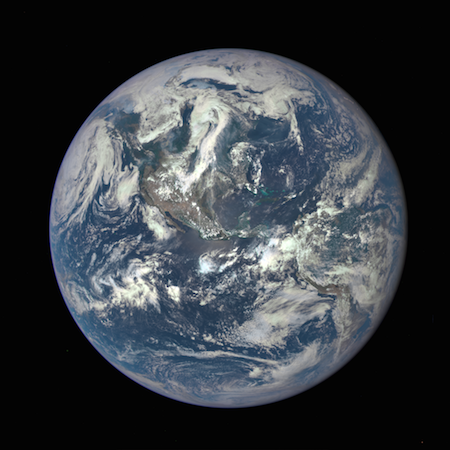
Earth .!
yes, the earth which is the mother of history, of which there is much history already going on inside.
Earth is the planet where we live, of course we all know the planet. How can ..? We all live in it But you do love the earth today. A place to stay and walk over. Earth is our mother who gives us everything to live. So it is our responsibility to love and for the earth to be our environment.
What is the earth like?
Our planet Earth is a rocky and terrestrial planet. It has a solid and active surface with mountains, valleys, canyons, terrain and more. Earth is special because it is a marine planet. Water covers 70% of the earth's surface.
Our atmosphere is mostly made of nitrogen and has plenty of oxygen for us to breathe. The atmosphere also protects us from entering the meteoroids, some of which break down our atmosphere before it can strike a surface like a meteorite.
Since we live here, you may think we know all there is to know about the Earth. Not at all, actually! We have many things we can learn about our home planet. Currently, there are many satellites orbiting the Earth that are photographing and taking measurements. This is how we can learn more about weather, oceans, soil, climate change, and many other important topics. 'nasa space'
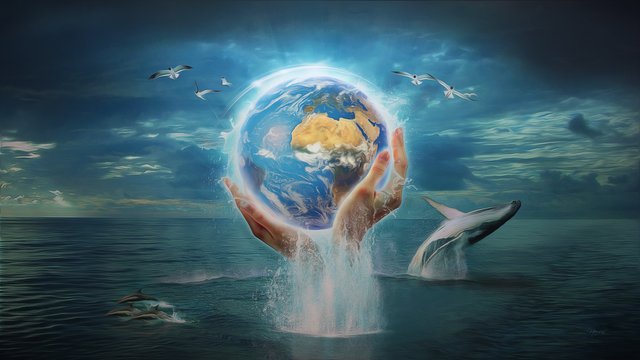
How is the history of the earth ...?
As friends wish, in this paper @historyfromworld will discuss what the earth and how the earth's history from various sources that will be attached in my post this time. There are several things I will discuss is:
Understanding of The Earth
The Theory of Earth Establishment
What Is Earth Made Of
Development of the Earth from Time to Time
And some Hypotheses of Experts Believed to date
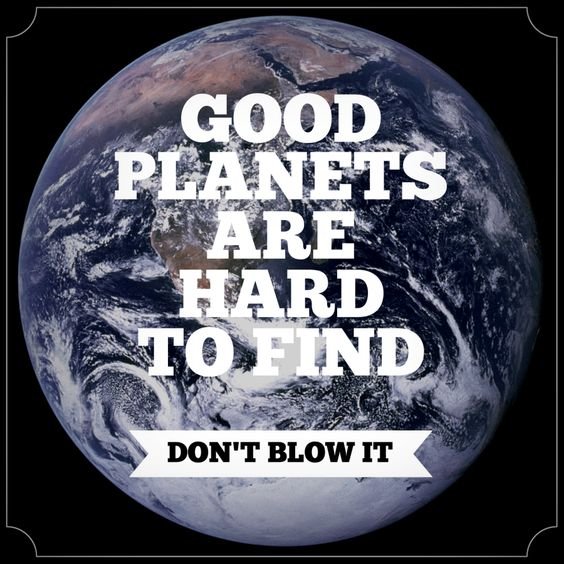
Understanding of The Earth
The Earth is the third planet of the Sun which is the largest and fifth largest planet of the eight planets in the Solar System. The Earth is also the largest planet of the four Earth planets of the Surya Data. Earth is sometimes called the world or the Blue Planet.
Earth formed about 4.54 billion years ago, and life appeared on its surface in the first billion years. The Earth's biosphere then slowly alters the atmosphere and other basic physical conditions, allowing the breeding of organisms and the formation of the ozone layer, which along with the Earth's magnetic field blocks harmful solar radiation and allows microscopic living creatures to breed safely on land. Physical properties, geological history, and Earth's orbit allow life to survive.
The Earth's lithosphere is divided into rigid segments, or tectonic plates, which have been moving throughout the Earth's surface for millions of years. More than 70% of the Earth's surface is covered by water, and the remainder consists of continents and islands that have many lakes and other water sources that contribute to the formation of the hydrosphere. Most of the Earth's poles are covered in ice; solid ice in Antarctic ice sheet and sea ice in polar ice packs. The interior of the Earth remains active, with an inner core composed of solid iron, while the outer core is a fluid that creates a magnetic field, and a relatively thick layer of thickness in the mantle.
The Earth interacts gravitatively with other objects in outer space, especially the Sun and Moon. When it encircles the Sun in one orbit, the Earth rotates on its axis of 366.26 times, which creates 365.26 solar days or one cideric year. The Earth's rotation on its axis is tilted 23.4 ° from the orbital plane, causing a seasonal difference in the Earth's surface with a tropical one-year period (365.24 solar days). The moon is Earth's only natural satellite, which began to orbit Earth about 4.53 billion years ago. The gravitational interaction between the Moon and the Earth stimulates the tide of the sea, stabilizes the axis of the axis, and gradually slows down the Earth's rotation.
Earth is home to millions of living things, including humans. The Earth's mineral resources and other biosphere products contribute to the provision of resources to support the global human population. The human-inhabited Earth region is grouped into 200 sovereign states, which interact with each other through diplomacy, travel, trade and military action.
The Theory of Earth Establishment
1. The Nebula or Fog Theory (Kant-Laplace)
The Nebula Theory
The Nebula theory or fog theory is a hypothesis of the origin of the solar system first conveyed by Emmanuel Swendenborg (1688-1772) in 1734. This theory was later refined by Immanuel Kant (1724-1804) in 1775. A similar theory is also expressed by Piere Marquis de Laplace in 1796. So this theory is also known as the Kant-Laplace Nebula theory.
In this theory it is stated that in the early stages, the solar system is still a giant fog collection. The mist is the origin of the solar system is composed of dust, ice, and gas with high hydrogen content. This mist is called a nebula. Then the mist is shrunk because of the gravitational force it has. During the process of shrinking the fog spins so that it eventually heats up and turns into a gigantic star.
The giant star is the sun. The size of the giant sun continues to shrink and rotate faster. So that the gas and ice rings are thrown out around the sun. Ultimately due to gravitational pull and temperature drop, the gas and ice solidify and form planets.
According Laplace the origin of the solar system has an elliptical orbit or circular planet is the result of the formation of the galaxy itself. The Nebula hypothesis also succeeds in explaining that the solar system is flat and the elliptical orbit of the planets around the sun is almost flat.
2. The Tidal Theory (Jeans and Jeffreys)
The Tidal Theory
In 1991, there were 2 scientists named James H. Jeans and Harold Jeffers who delivered the Tidal or Tidal theory. According to the tidal theory hundreds of millions of years ago a star moved near the sun and then disappeared. At the time of the incident half the part of the sun is drawn and loose. It is from this part of the sun that forms the planets.
Hundreds of millions of years ago a star moved near the sun and then disappeared. At the time of the incident half the part of the sun is drawn and loose. It is from this part of the sun that forms the planets.
The incident is almost the same as the tides of sea water that exist in the earth caused by the gravitational pull of the moon. The difference is the tides of sea water is smaller than the theory of tidal solar system. This can happen because of the small mass of the moon and the distance between the moon and the earth (60 times the radius of the earth).
While on the theory of the origin of the solar system according to Jeans and Jeffreys, a giant star approaching the sun its mass is equal to the mass of the sun. So when the star approaches, on the surface of the sun formed mountains of waves are very large. The mountains have a remarkable height and are shaped like a giant incandescent tongue. A glowing tongue that extends from the sun to the giant star.
The tongue is very hot and has cavities that will break into planets. The giant star continues to move away from the sun so that over time its influence will be lost. Furthermore, the planets are cooling and moving around the sun. On large planets, the cooling process takes place more slowly than small planets like Mercury and Earth.
During the cooling process, the planets circled the sun with elliptical orbits. So at one time allowing the distance of the planets to be shorter than usual. At that time there is an ebb and flow on the surface of the planets and causes some material to come out and form planetary satellites.
In tidal theory it is also explained that the planets are derived from sun-shaped gas shaped like a cigar. So the size of the planets becomes different, consequently the planets in the middle like Jupiter, Saturn, Uranus, and Neptune have a large size. While at the tip of the planets are smaller.
3. Planetesimal Theory (Moulton and Chamberlin)
Planetesimal Theory
Planetesimal theory is basically similar to tidal theory. This theory was first presented by an astronomer named Forest R. Moulton (1878-1952) and a geographer named Thomas C. Chamberlin (1834-1928). Planetesimal itself means a small planet that circles a gas-shaped core.
The sun has existed as one of the many stars, at a time there is a star passing in the distance that is not too far away, resulting in rising tides between the star and the sun. By the time the star is away from the mass of the sun falling to the surface of the sun and partially scattered around the sun, it is called planetisimal known as the planet that is in its orbit and around the sun.
4. The Twin Stars Theory (Fred Hoyle)
The Twin Stars Theory
The theory of twin stars is one of many theories about the formation and evolution of the solar system. This theory was proposed by the British astronomer R.A. Lyttleton, in 1956. According to this theory the solar system was originally formed from 2 pieces of giant twin stars.
Then, one of the stars from the twin stars exploded to produce debris and dust. Eventually it evolves around the other stars (the sun) and forms planets along with other heavenly bodies ..
Since the star that is not lost still has strong gravity, the debris is not interested in entering the sun but moves around it. Until finally the pieces of dust from the explosion had merged and twisted until finally forming a planet.
While the rocks from the exploding star debris spin and form an asteroid orbit. This theory refers to the results of research that proves that in other solar system there are twin stars.
So Lyttelton believes that the origin of our solar system is from the explosion of 2 pieces of twin stars. Where one star explodes and forms a member of the solar system. While that is not destroyed into the center of the solar system.
5. The Big Bang Theory (George Lemaitre)
The Big Bang Theory
Big Bang is a word that represents a very large explosive event. Some scientists, our solar system believe that the origin of the solar system is of a very large star. In a few million years, the age of the star rises, and eventually explodes.
A very powerful explosion arises because the size and energy of a star is very large. This explosion is equivalent to 5 × 10 a 25 times the intensity of a nuclear weapon explosion. The particles emitted by the explosion, are melted and compressed by gravity and energy from the explosion. Thus, the heavenly bodies are formed as they are today.
6. Steady-State Theory (Bondi, Gold, and Hoyle)
Steady-State Theory
According to this theory, the steady state theory that the universe has no beginning and will not end. The universe has always looked the same as it is now, nothing has changed.
All matter in the universe continues to expand and move away from us. The theory of the state remained conveyed by H. Bondi, T. Gold and F. Foil from the University of Cambridge in 1948. The theory refers to the principle of perfect cosmology, namely the assertion that the universe wherever and whenever will remain the same.
This statement is supported by the results of the discovery of new galaxies that have a mass comparable to the old galaxy. So the bottom of the universe, including the solar system, has an infinite lifetime and age.
The theory of circumstances remains completely at odds with the Big Bang theory. In the theory of the origin of this solar system, when the galaxy moves away from each other, it will create an empty space. In steady state theory, space continues to produce new material to fill the galaxy's empty space.
So that new galaxies will form to replace galaxies that move away. People will agree that the new substance is Hydrogen. That substance is the source of the origin of the solar system, stars, and galaxies.
7. Proto Planet Theory (Von Weizsaecker)
Proto Planet Theory
The theory of the origin of the solar system is the theory of cloud clouds or proto planets, proposed by Carl von Weizsaecker and perfected by Gerard P. Kuiper around 1950. The theory of cloud clouds states that the solar system is formed by a number of clouds of gas very much.
The clouds of gas shrink and pull the dust particles into spheres. Then all of them twist so that the ball of blob turns into a disc disk. At the center of the disc rotation is slow so that the pressure and heat increases. The tranquil part turned into the sun.
At the edge of the disc, the rotation occurs quickly. So that formed bumps-bundles with a smaller size. The clot then turns into planets, asteroids, meteors or meteorids, comets, and natural satellites that accompany the planet.ina
Of all the theories above, there is no theory of the formation of the solar system that can be ascertained the truth. Given the limited human reason and human ability to explore space.
All theories of the formation of the solar system has its own deficiencies and advantages. Because everything is just an estimate that humans use to approach the real truth.
What Is Earth Made Of
Earth is unique among the known planets: it has an abundance of water. Other worlds — including a few moons — have atmospheres, ice, and even oceans, but only Earth has the right combination to sustain life.
Earth's oceans cover about 70 percent of the planet's surface with an average depth of 2.5 miles (4 kilometers). Fresh water exists in liquid form in lakes and rivers and as water vapor in the atmosphere, which causes much of Earth's weather.
Earth has multiple layers. The ocean basins and the continents compose the crust, the outermost layer. Earth's crust is between three and 46 miles (five and 75 km) deep. The thickest parts are under the continents and the thinnest parts are under the oceans.
Earth has multiple layers: the crust, mantle and core -Crust
According to "Essentials of Geology" (7th Ed., Prentice Hall, 2000) by Frederick K. Lutgens and Edward J. Tarbuck, Earth's crust is made up of several elements: oxygen, 46.6 percent by weight; silicon, 27.7 percent; aluminum, 8.1 percent; iron, 5 percent; calcium, 3.6 percent; sodium, 2.8 percent, potassium, 2.6 percent, and magnesium, 2.1 percent.
The crust is divided into huge plates that float on the mantle, the next layer. The plates are constantly in motion; they move at about the same rate as fingernails grow, according to NASA. Earthquakes occur when these plates grind against each other. Mountains form when the plates collide and deep trenches form when one plate slides under another plate. Plate tectonics is the theory explaining the motion of these plates.
-Mantle
The mantle under the crust is about 1,800 miles deep (2,890 km). It is composed mostly of silicate rocks rich in magnesium and iron. Intense heat causes the rocks to rise. They then cool and sink back down to the core. This convection — with the consistency of caramel — is thought to be what causes the tectonic plates to move. When the mantle pushes through the crust, volcanoes erupt.
-Core
At the center of the Earth is the core, which has two parts. The solid, inner core of iron has a radius of about 760 miles (about 1,220 km), according to NASA. It is surrounded by a liquid, outer core composed of a nickel-iron alloy. The outer core is about 1,355 miles (2,180 km) thick. The inner core spins at a different speed than the rest of the planet. This is thought to cause Earth's magnetic field. When charged particles from the solar wind collide with air molecules above Earth's magnetic poles, it causes the air molecules to glow, causing the auroras — the northern and southern lights.
Development of the Earth from Time to Time
According to geological theory, the process of development of the earth is divided into four stages of the period, namely the period of arcaekum, paleozoic period, mesozoic era, neozoic period.
Development of the Earth from Time to Time
-The Arkekum period
This is the oldest period, estimated at 2.5 billion years ago, the state of the earth is still unstable, still resembling a ball of gas, and the bark of the earth is still in the process of formation. At this time there are no signs of life because the temperature of the earth is still very high, so it does not allow the existence of living things.
-The Paleozoic Period
This period lasted about 500 - 245 million years ago. Earth's condition is more stable, gradually the temperature of the earth cools and began to look for signs of life of single-celled creatures (microorganisms).
Furthermore, emerged a kind of jawed (trilobita), amphibian, and some algae gene. Therefore, this period is also called the primary period
-The Mesozoic Period
This period is also called the secondary period, estimated to take place around 245 - 65 million years ago. The earth has become more stable and began to appear several large animals, such as various species of dinosaur reptiles and ancient elephants (mahmot), towards the end of this msa, began to emerge various species of birds and mammals. Mesozoic era also called the reptile era, because dinosaurs became rulers of this time, but then suddenly extinct on 65 million years ago. Mass extinctions are estimated due to a giant meteorite collision that makes the earth covered with dust. At the end of this period began to appear mammalian species.
-The Neozoic Period
At this time large animals have started much reduced. This period is divided into two ages, the tertiary age and the quartz era.
-The tertiary age
This period lasted about 60 years ago. The most important thing at this time is the emergence of primate species, monkey example.
-Quarter times
This era is divided into two kala, namely when Pleistocene / Diluvium and when Holocene / Alluvium. At the time of the Pleistocene in the estimate of early humans began to appear. And in the time of Holocene the primeval man has developed perfectly, namely the type of homo sapiens with traits such as humans now.
Pleistocene cycles lasted about 3,000,000 to 10,000 years ago or called jauga with an ice age or glacial period. Called the glacial era because the temperature of the earth at that time is very low and glaciers located in the north pole melt to cover some of the major continents like asia, europe, and america. Furthermore, the fragments of ice are spreading the region around the continent. The expanding surface of the ice causes the decrease of sea level. So as to bring a new land, it is easier for living creatures to move places in order to get food or maintain life.
And some Hypotheses of Experts Believed to date
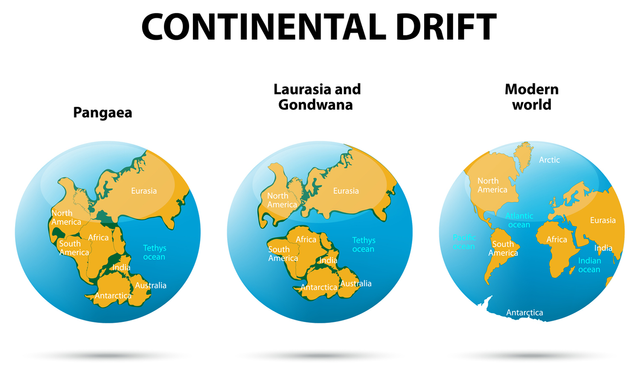
In 1912, Alfred Wegener a German meteorologist put forward the concept of Continental Flotation (Continental drfit). In The Origin of Continents and Oceans. The main hypothesis is a super-continent called Pangea (meaning all land) surrounded by Panthalassa (all seas). Furthermore, this hypothesis says 200 million years ago Pangea broke into smaller continents. And then move to its place as it is today. While other hypopteses suggest that at first there were two super continents, the northern pangea also called Laurasia, and the southern pangea also called Gondwanaland.
That's a bit of my writing about the history of the earth. if any errors in this writing please forgive, if there is a misplaced name or place to be understood and comment wisely.
Thank you for visiting,
Regards, @historyfromwolrd
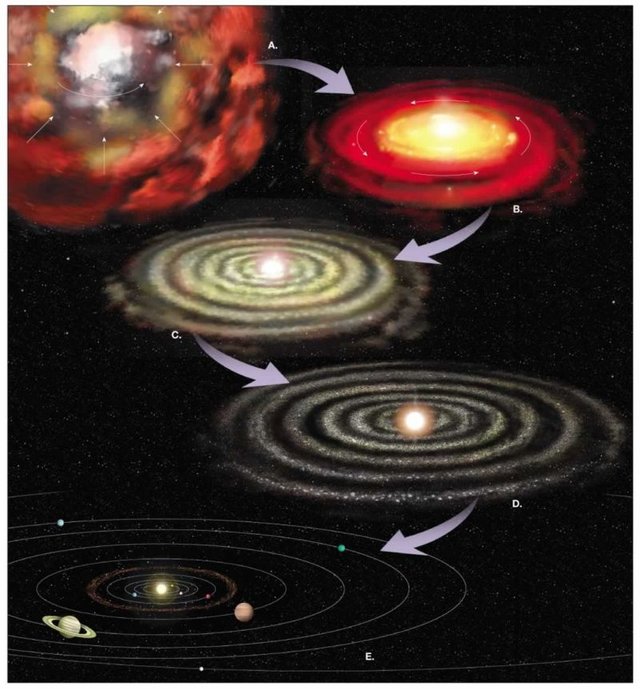
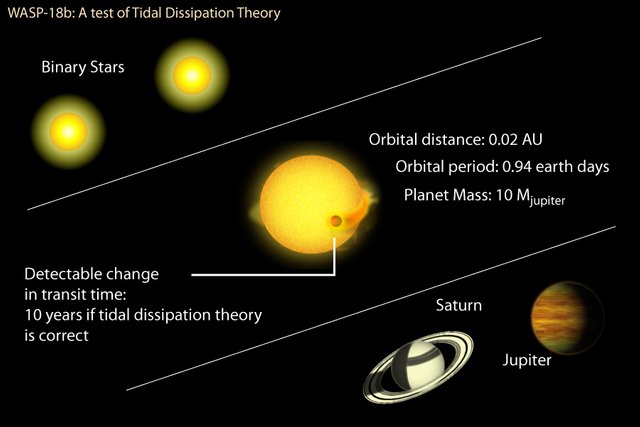
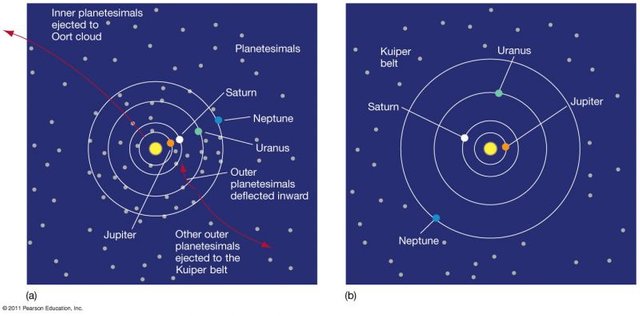
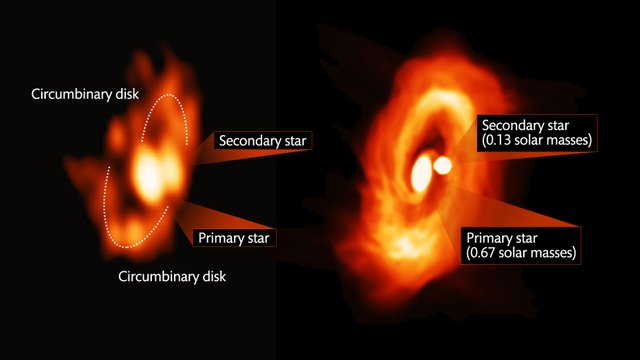
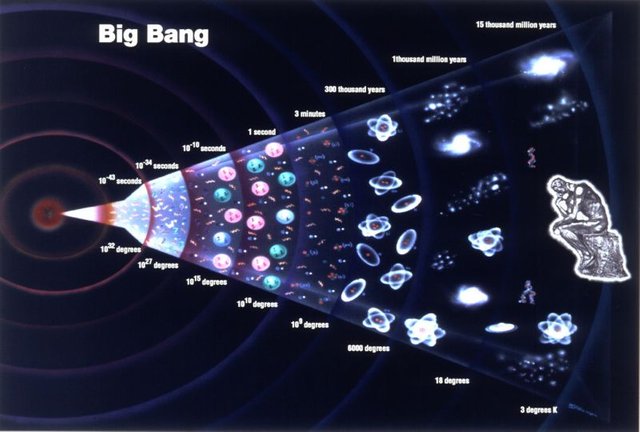
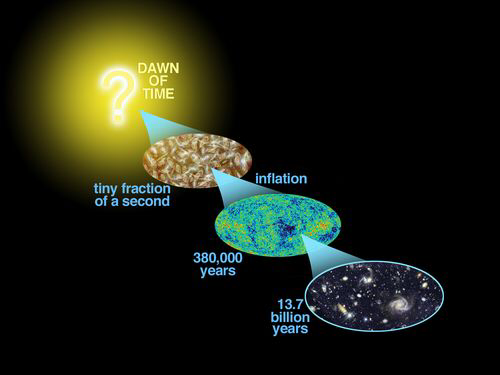
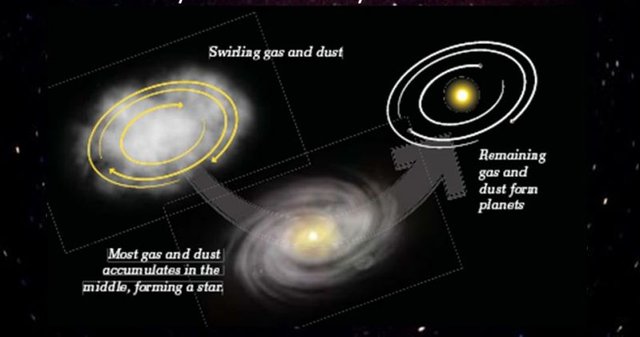

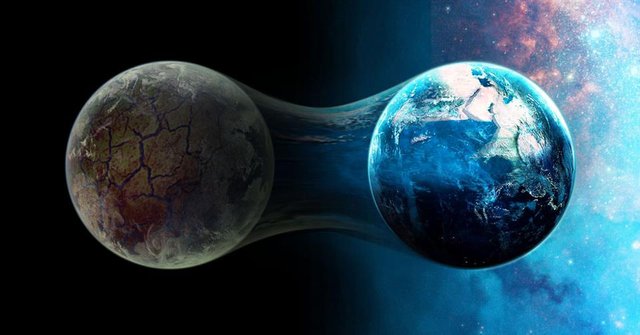

Nice info 👍
Downvoting a post can decrease pending rewards and make it less visible. Common reasons:
Submit
So big Earth.
Downvoting a post can decrease pending rewards and make it less visible. Common reasons:
Submit
Love Earth..
Downvoting a post can decrease pending rewards and make it less visible. Common reasons:
Submit
Congratulations @historyfromworld! You received a personal award!
Click here to view your Board
Downvoting a post can decrease pending rewards and make it less visible. Common reasons:
Submit
Congratulations @historyfromworld! You received a personal award!
You can view your badges on your Steem Board and compare to others on the Steem Ranking
Vote for @Steemitboard as a witness to get one more award and increased upvotes!
Downvoting a post can decrease pending rewards and make it less visible. Common reasons:
Submit